Optimal Timing for Foundation Repairs
Foundation repairs are most effective when performed during specific times of the year, considering weather conditions and soil stability. Proper timing can help ensure the longevity and effectiveness of the repair process, reducing potential complications caused by environmental factors.
Spring offers moderate temperatures and soil conditions, making it a suitable time for foundation work. However, heavy rains can sometimes delay projects.
Summer provides warm weather, but extreme heat and dry soil can pose challenges for excavation and stabilization efforts.
Fall often presents cooler temperatures and less rainfall, creating favorable conditions for foundation repairs before winter.
Winter is generally less ideal due to freezing temperatures and frozen ground, which can hinder excavation and curing processes.

Springtime is ideal for foundation repairs due to moderate weather and soil conditions.

Summer repairs require careful planning due to heat and dry soil conditions.
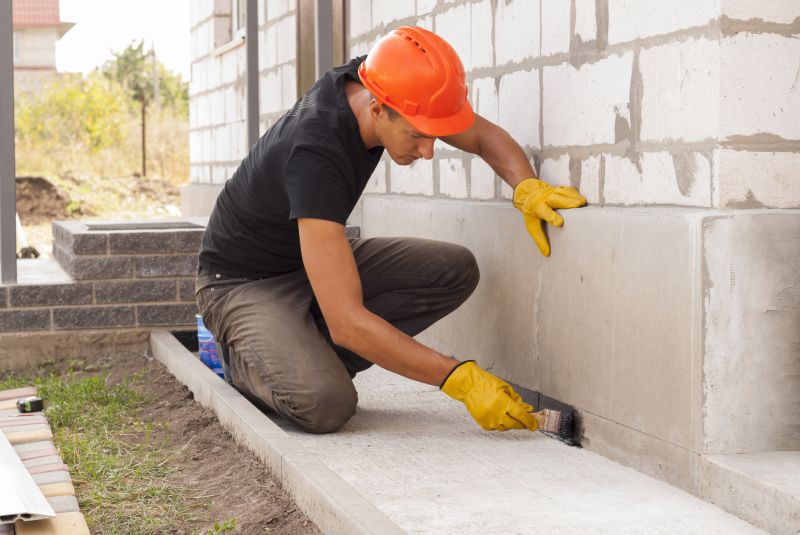
Fall provides cooler weather and less precipitation, suitable for foundation work.
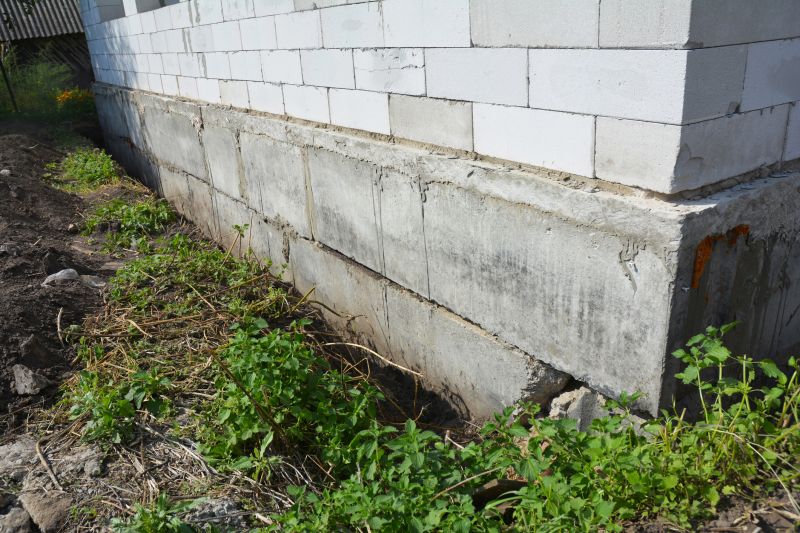
Winter is typically less suitable due to cold temperatures and frozen ground.
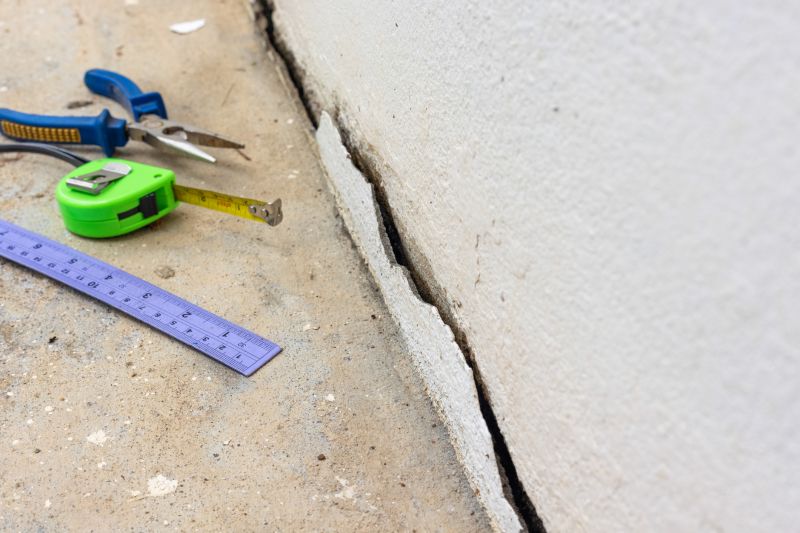
Ways to make Foundation Repairs work in tight or awkward layouts.

Popular materials for Foundation Repairs and why they hold up over time.
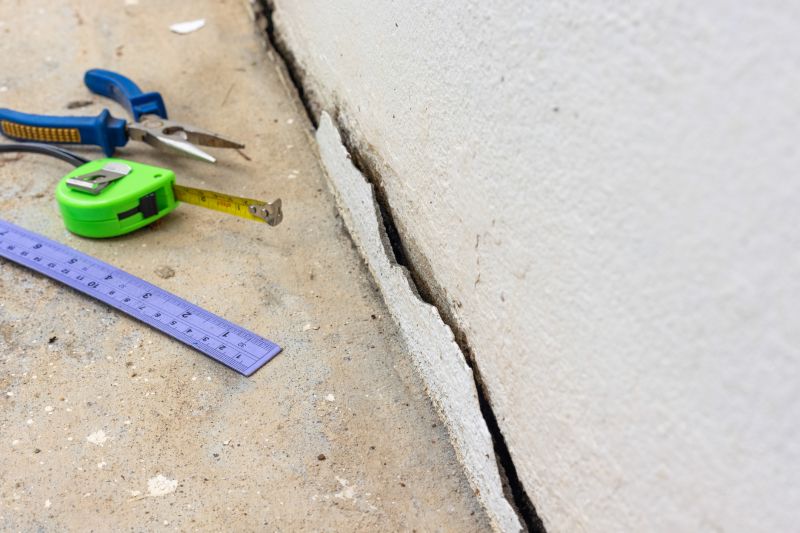
Simple add-ons that improve Foundation Repairs without blowing the budget.
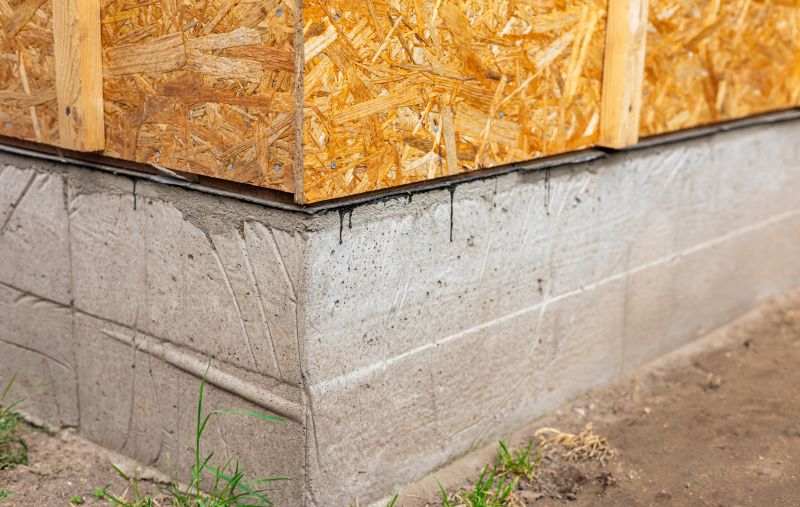
High-end options that actually feel worth it for Foundation Repairs.
Foundation repairs involve addressing issues such as settling, cracking, or shifting that compromise the stability of a structure. These repairs are crucial for maintaining the integrity of a building and preventing further damage. Soil conditions, moisture levels, and weather patterns significantly influence the success of repair projects. Proper timing ensures optimal conditions for excavation, stabilization, and curing processes, ultimately extending the lifespan of the foundation.
Soil moisture levels affect foundation stability; repairs are best when soil is not overly saturated or dried out.
Extreme weather can delay or complicate foundation work, making seasonality an important consideration.
Proper planning and scheduling during favorable weather can reduce project risks and improve outcomes.
Timely repairs help prevent future foundation issues and preserve property value.
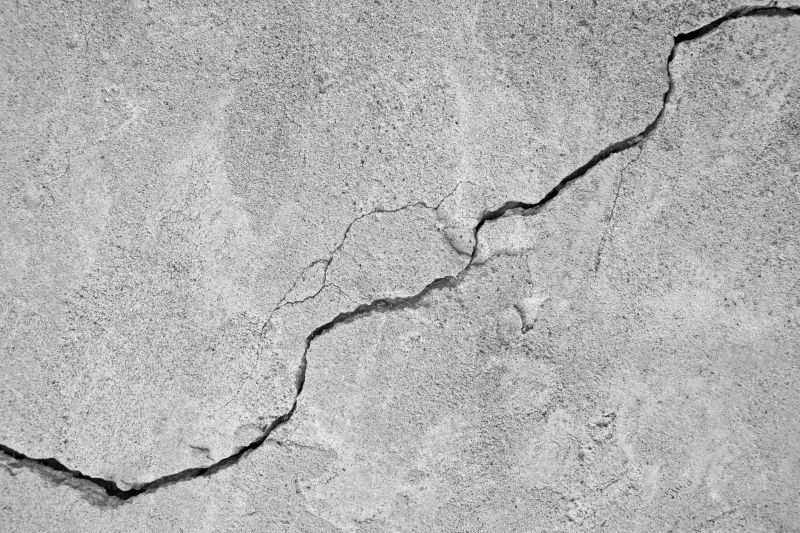
Cracks indicate shifting or settling that may need repair.
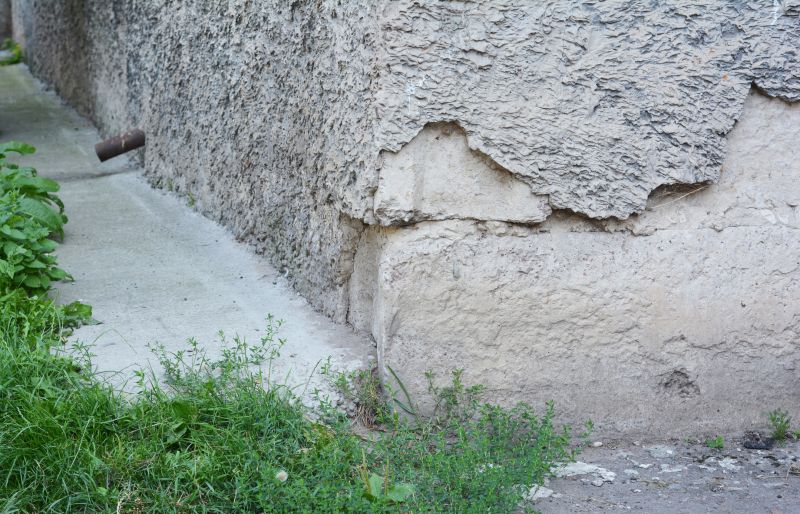
Moist soil can cause foundation shifting if not addressed.
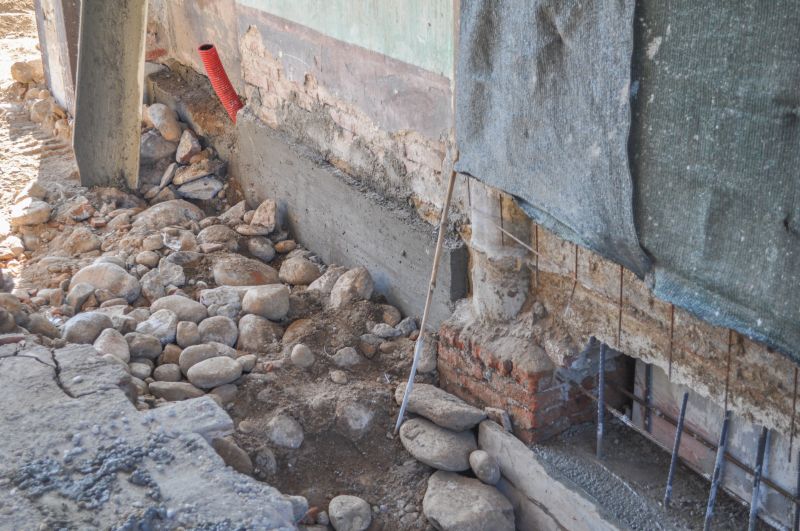
Stabilization techniques restore structural integrity.
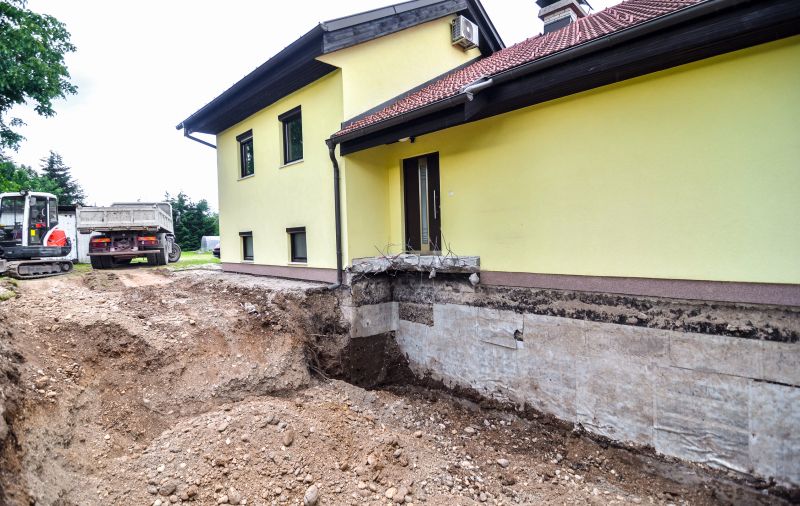
Excavation is a key step in foundation repair, best performed in suitable weather.
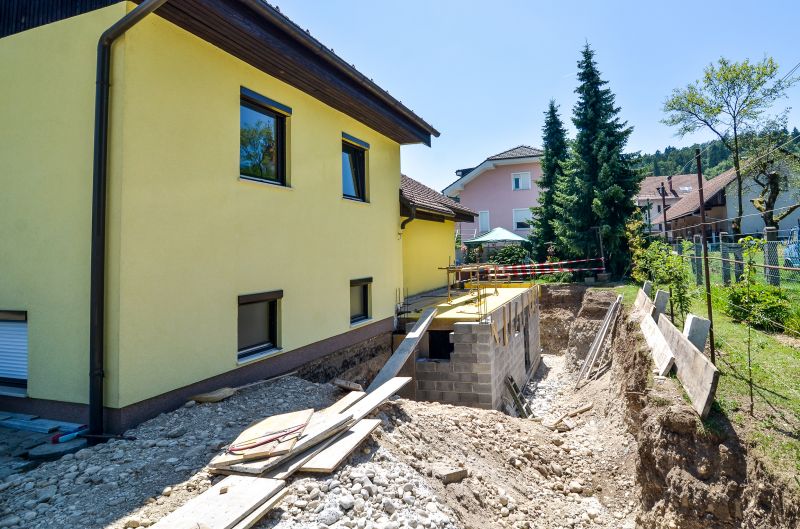
Finishes and colors that play nicely with Foundation Repairs.
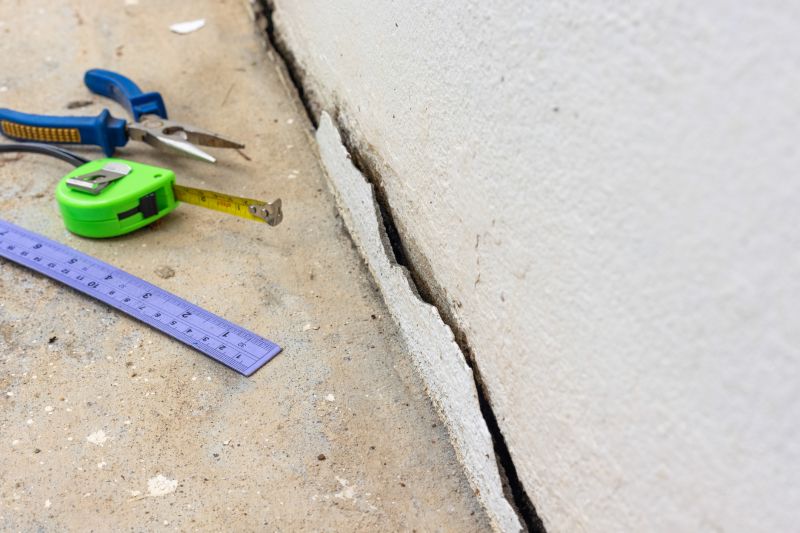
Little measurements that prevent headaches on Foundation Repairs day.

A 60-second routine that keeps Foundation Repairs looking new.

A frequent mistake in Foundation Repairs and how to dodge it.
| Season | Ideal Conditions |
|---|---|
| Spring | Moderate temperatures, soil moisture balance, less rain |
| Summer | Warm weather, dry soil, potential heat stress |
| Fall | Cooler temperatures, less rainfall, stable soil |
| Winter | Cold temperatures, frozen ground, limited work |
Understanding the optimal timing for foundation repairs can significantly impact the effectiveness and durability of the work. Seasonal factors such as soil moisture and weather conditions influence the success of stabilization and repair techniques. Proper scheduling ensures that repairs are performed under conditions that promote soil stability and proper curing, ultimately protecting the structure from future issues.
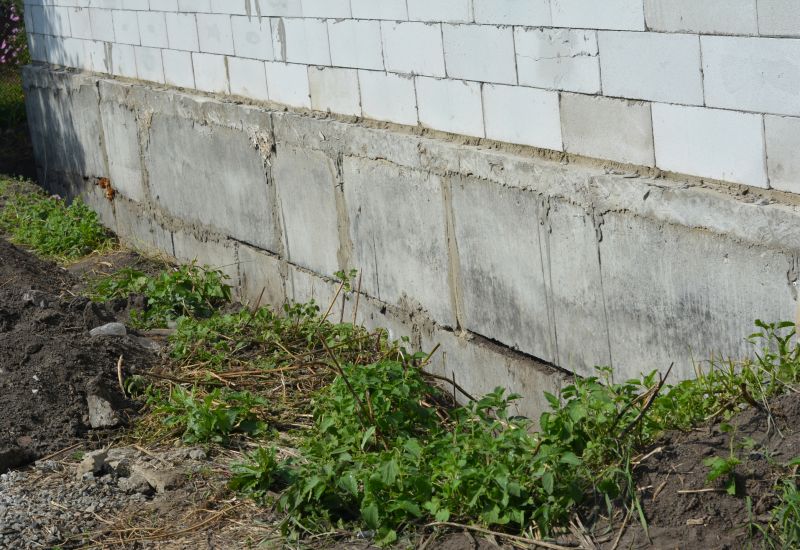
Proper timing ensures effective stabilization and long-term results.

Timing repairs during optimal soil conditions enhances stability.

Addressing cracks during suitable weather prevents future damage.
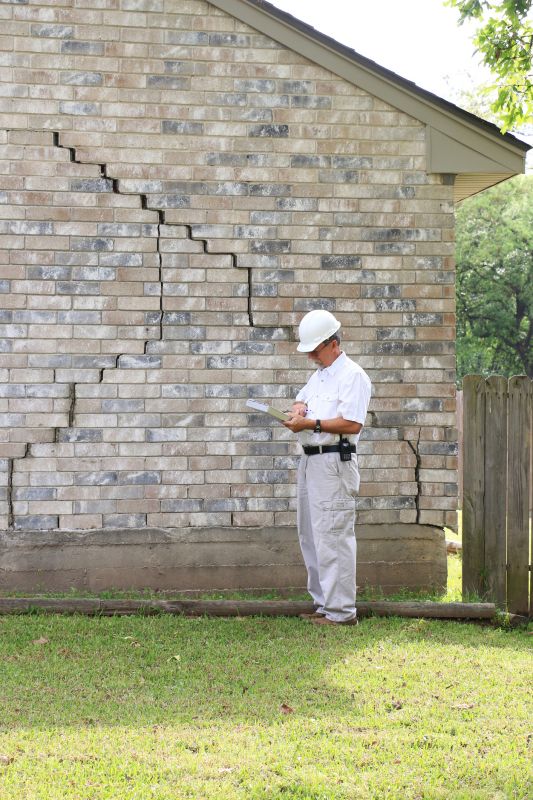
Proper timing allows for thorough inspection and assessment.

Small tweaks to make Foundation Repairs safer and easier to use.
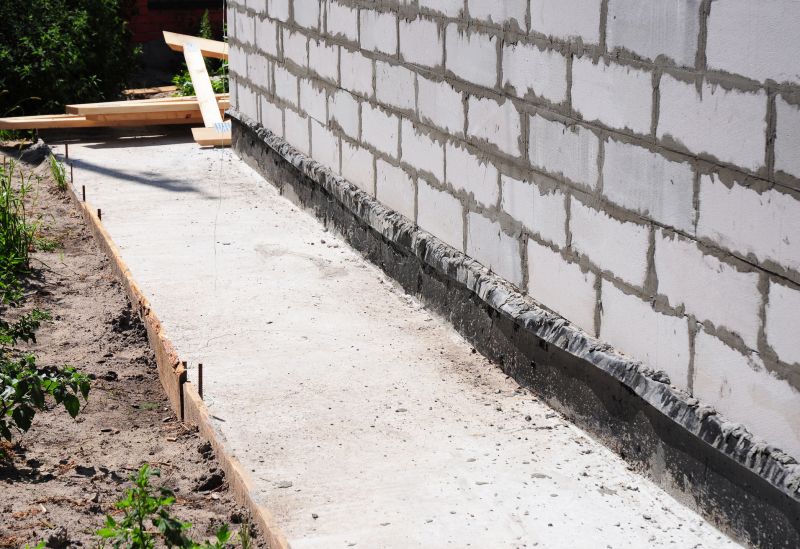
Lower-waste or water-saving choices for Foundation Repairs.
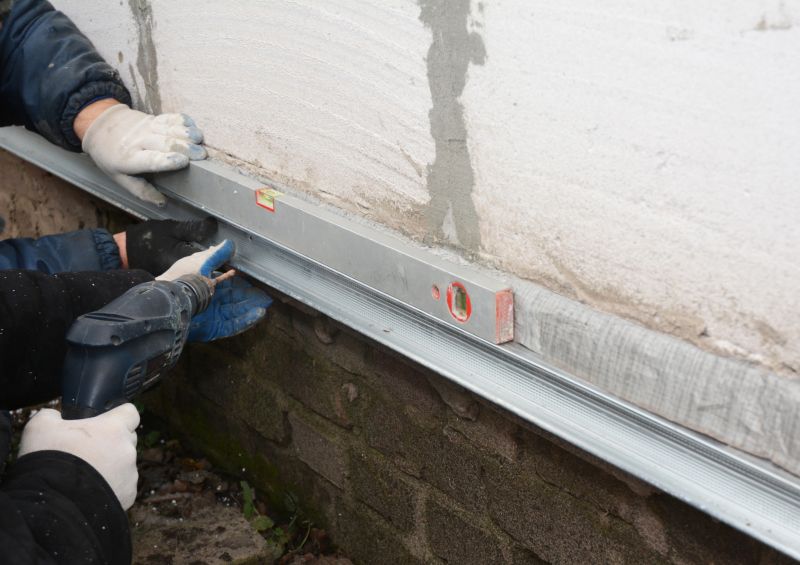
The short, realistic tool list for quality Foundation Repairs.

Rough timing from prep to clean-up for Foundation Repairs.
Interested property owners or managers seeking foundation repairs should consider scheduling during seasons with favorable weather conditions. Proper timing can help ensure the durability of repairs and reduce the likelihood of future issues. Contact for more information or to discuss specific timing needs for foundation stabilization projects.

